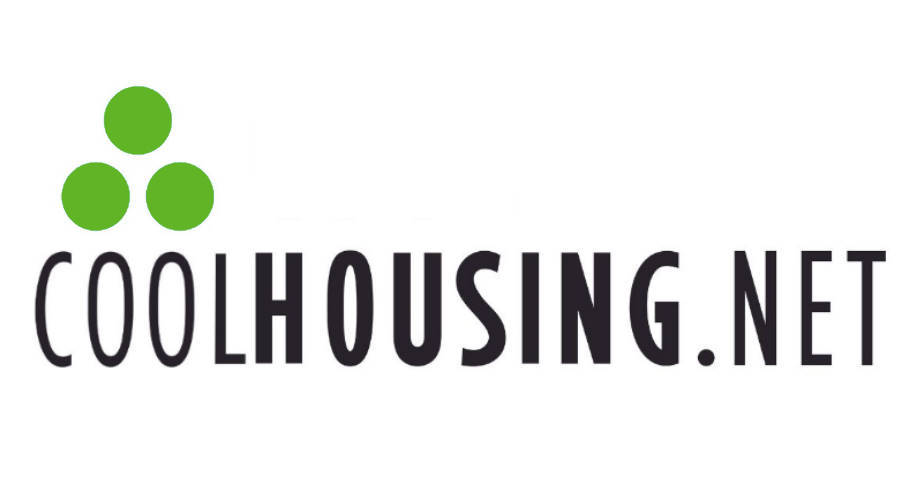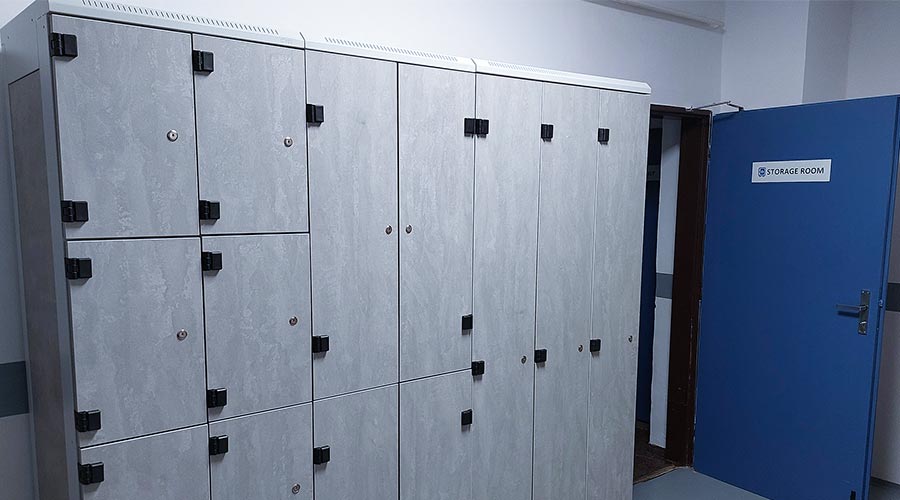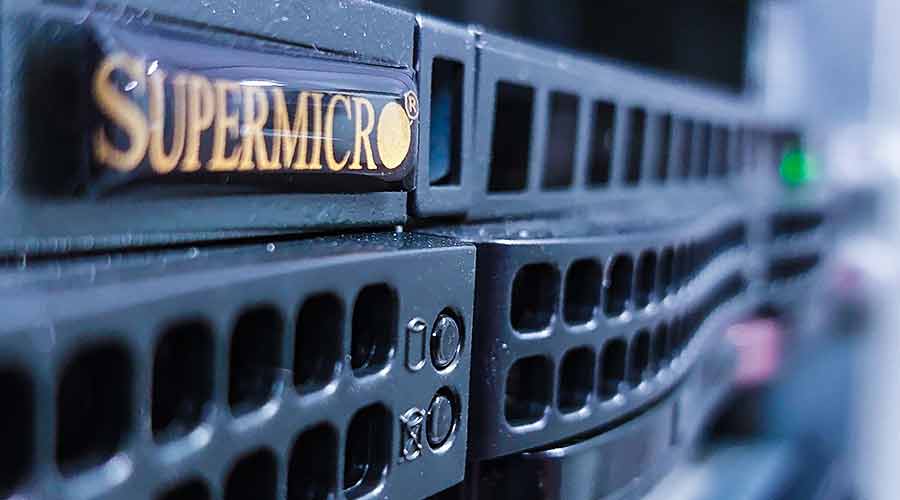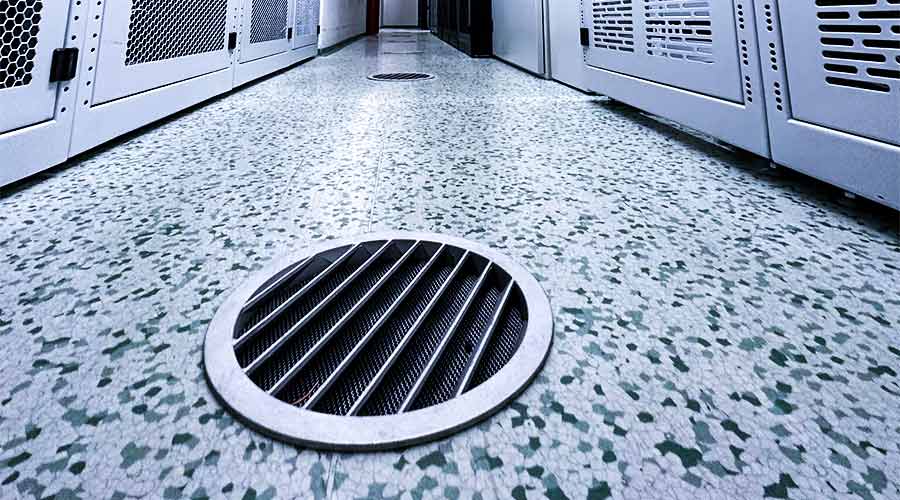What About Having Them Both! We have spent some time here on the blog of Server Housing COOLHOUSING.NET discussing the issue of energy and energy consumption. Server Housing COOLHOUSING.NET recently decided to take the first step and give some benefits to servers with lower space and energy requirements.
Several years ago there was hardly an offer to choose from when deploying a new server. Machines deserving the title “server” would consume 300 W and above; even the manufacturers showed no effort to consider the consumption
issues. Intel for example applied the rule saying that a change in the design leading to 1% performance increase is justified if the power consumption does not increase above 2%. This clearly indicates that the primary objective was the performance, the secondary was the reliability and the consumption was lagging a long way behind.
The situation is changing dramatically now, not just because of the energy price rise (affecting electricity in the first place). It is often the availability of sufficient electric power in hosting centers alone that matters. People would say that a sever consuming 300-400W is no heavy load. True – if the server housing in this case would be limited to 400W of maximum consumption, this could be considered an acceptable load. However, this is not the final consumption.
You server gets heated when running and this heat needs to be transferred outside the server room. This is where the air conditioning comes into play, requiring its share of energy, too. A brief look around the Internet is enough to find out that the consumption of standard portable home air conditioning units begins at the level of 900W.
You server also needs some connectivity. The server is connected with metallic or optical cables but there is always another active device at the other end of these cables, requiring its portion of electricity.
| Device | Power |
|---|---|
| Access switch | 100W |
| Aggregation switch | 100W |
| Backbone switch | 100W |
| Router | 200W |
| Optical coupler | 90W |
| KVM over IP | 40W |
| Total | 630W |
(*the wattage is for orientation purposes only but are based on real products)
Another inevitable items needed are the desktop PCs and servers of the provider (web, e-mail, database…). These will easily add some 1000W to the overall consumption.
The above clearly indicates that the hosting prices are not affected by the sole server consumption but also the costs bound to the waste heat dissipation, costs of the equipment needed to provide the service and also (with growing importance) the investment costs required to deliver more power to the service provision point.
While the service provider has virtually no way of reducing the housing center costs and has to reflect these costs in the housing prices, the client has a choice. Just consider what you server will really do. It is logical that a web, e-mail and database server of a small or medium-sized business will not require a dual-processor server with an oversized RAID array.
Server Housing COOLHOUSING.NET decided to support clients who will spend their time and think about their servers – deploying servers with such an energy consumption that they really effectively utilize. This server hosting service is called Single Server Rack.
Many people obey the unwritten law saying: “Performance requires power!” This is not quite true any more. Chip manufacturers such as VIA or AMD released miniature chips reducing the power consumption while maintaining performance even before. However, chips such as Epia (VIA) or Geode (AMD) were applied only as single-purpose industrial units.
Now a new member was added to the family of energy-efficient processors by Intel – with the “grand style”, one could say. Intel created the smallest (15mm!) and most energy-efficient processor named Intel Atom, using the state of-the-art 45nm manufacturing process and a special chip design, optimized primarily for low power consumption.
| Intel Atom processor Categories | |||
|---|---|---|---|
| Atom Z5×× | Atom N270 | Atom 230 | |
| Core | Silverthorne | Diamondville | Diamondville |
| Platform | Mobile Internet Device (MID) | Netbook | Nettop |
| Socket | 441 | 437 | 437 |
| L1 Data | 24 KB | 24 KB | 24 KB |
| L1 Inst. | 32 KB | 32 KB | 32 KB |
| L2 | 512 KB | 512 KB | 512 KB |
| FSB | 100 / 133 MHz | 133 MHz | 133 MHz |
| 64 Bit | EMT64T | EMT64T | EMT64T |
| SIMD | MMX, SSE, SSE2, SSE3, SSSE3 | MMX, SSE, SSE2, SSE3, SSSE3 | MMX, SSE, SSE2, SSE3, SSSE3 |
| HT | Yes* | Yes | Yes |
| VT | Yes | No | No |
| Power saving | C1E, Speedstep | C1E, Speedstep | No |
| XD bit | Yes | Yes | Yes |
| *does not apply to specific models; see table below |
|||
| Intel Atom Models | |||||||
|---|---|---|---|---|---|---|---|
| Model | Frequency [MHz] | FSB [MHz] | L2 cache [KB] | HT | TDP [W] | Idle consumption [W] | Avg. consumption [W] |
| Diamondville (Nettop) | |||||||
| 230 | 1600 | 533 | 512 | ano | 4 | ? | ? |
| 330 (2× 230) | 1600 | 533 | 2× 512 | ano | 8 | ? | ? |
| Diamondville (Netbook) | |||||||
| N270 | 1600 | 533 | 512 | ano | 2,5 | ? | ? |
| Silverthorne (MID) | |||||||
| Z500 | 800 | 400 | 512 | ne | 0,65 | 0,08 | 0,16 |
| Z510 | 1100 | 400 | 512 | ne | 2 | 0,1 | 0,22 |
| Z520 | 1330 | 533 | 512 | ano | 2 | 0,1 | 0,22 |
| Z530 | 1600 | 533 | 512 | ano | 2,2 | 0,1 | 0,22 |
| Z540 | 1860 | 533 | 512 | ano | 2,64 | 0,1 | 0,22 |
It is quite obvious that this chip will be used primarily in mobile devices. However, it can be applied in home workstations and servers, too. Server Housing COOLHOUSING.NET discovered the beauty of using this dwarf, including it in its offer of dedicated servers.
What is CoolBarebone #1?
A server built by experts from COOLHOUSING.NET with respect to the consumption and the available performance. This dedicated server consists of the Gigabyte GA-GC230D mainboard fitted with the Intel Atom 230 processor, 1GB DDR2 RAM and 250GB SATA hard drive. All packaged in a nice small case from CHENBRO. We will connect this server in accordance with the above housing program Single Server Rack, creating a dedicated server suitable for webhosting, mailhosting a databases as well as gamehosting or running applications. Only you will decide how the server will be used. For the fee of 1,123 CZK per month, this is an unrivalled solution.
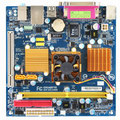

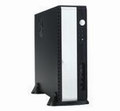
In the opening of this article we mentioned ecology – and not a single word was written about this topic. This is because the ecology and economy go hand in hand at COOLHOUSING.NET.
Economy
If you create or order a low-power server, COOLHOUSING.NET will reward you by reducing your hosting or server housing costs.
Ecology
In the Czech Republic majority of electric energy is produced in thermal (coal) power stations. In these power stations the electricity is obtained by burning coal that has to be mined somewhere which always negatively
affects the landscape. Moreover, burning coal pollutes air with sulphur and CO2. Excessive CO2 concentration causes the greenhouse effect, which in turn contributes to the global warming.
Running a low-power server means less energy consumed and less toxic substances in the air.
Author: Jirka Dvořák

